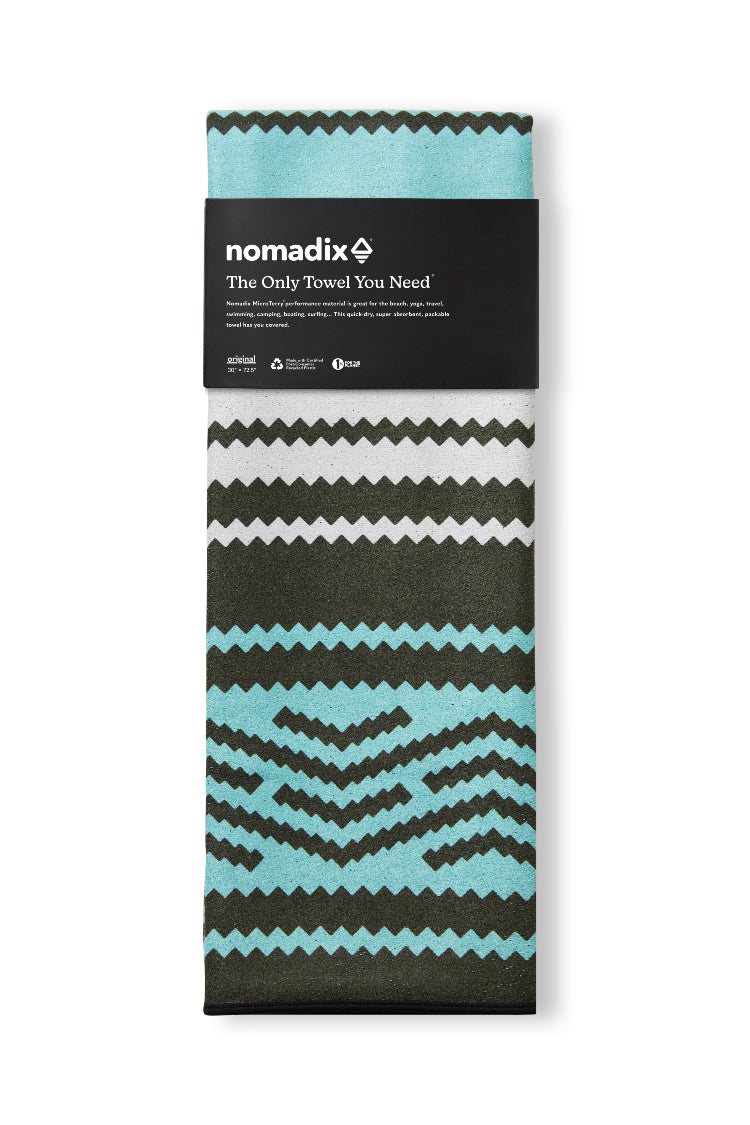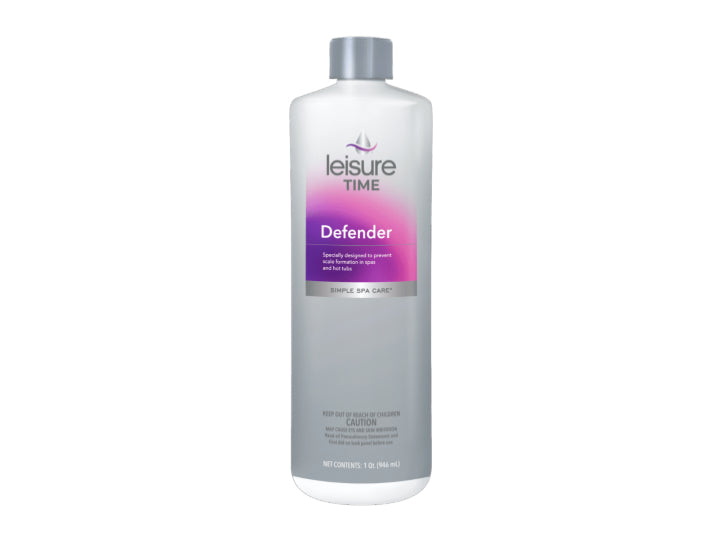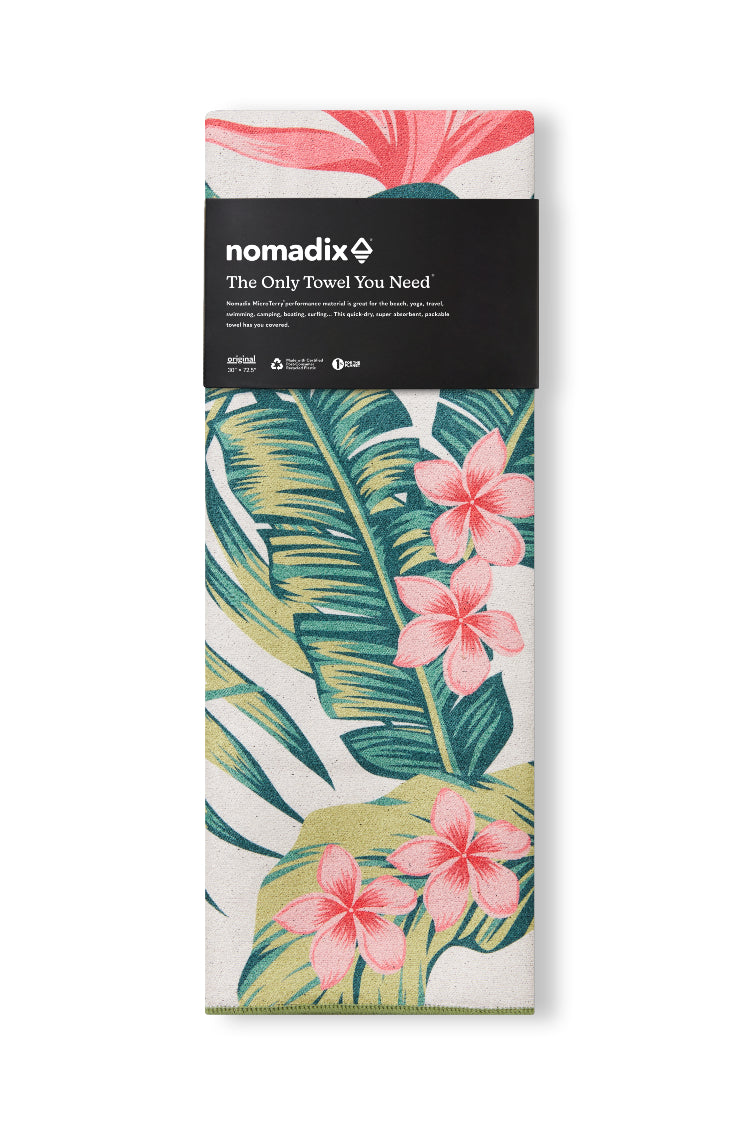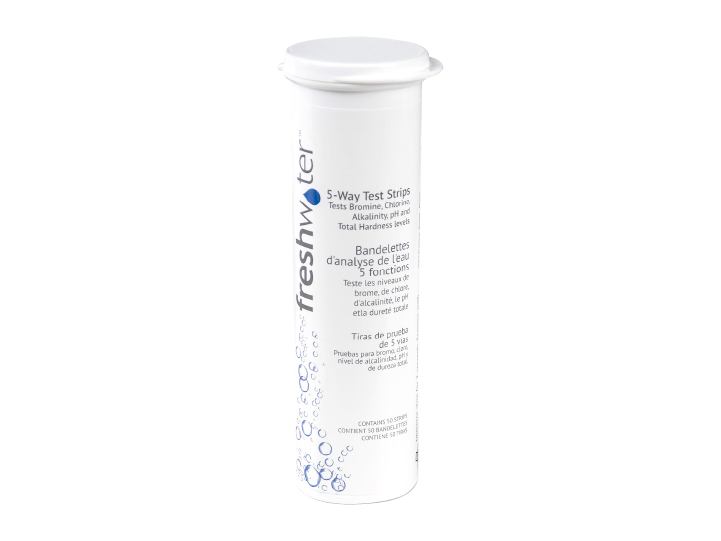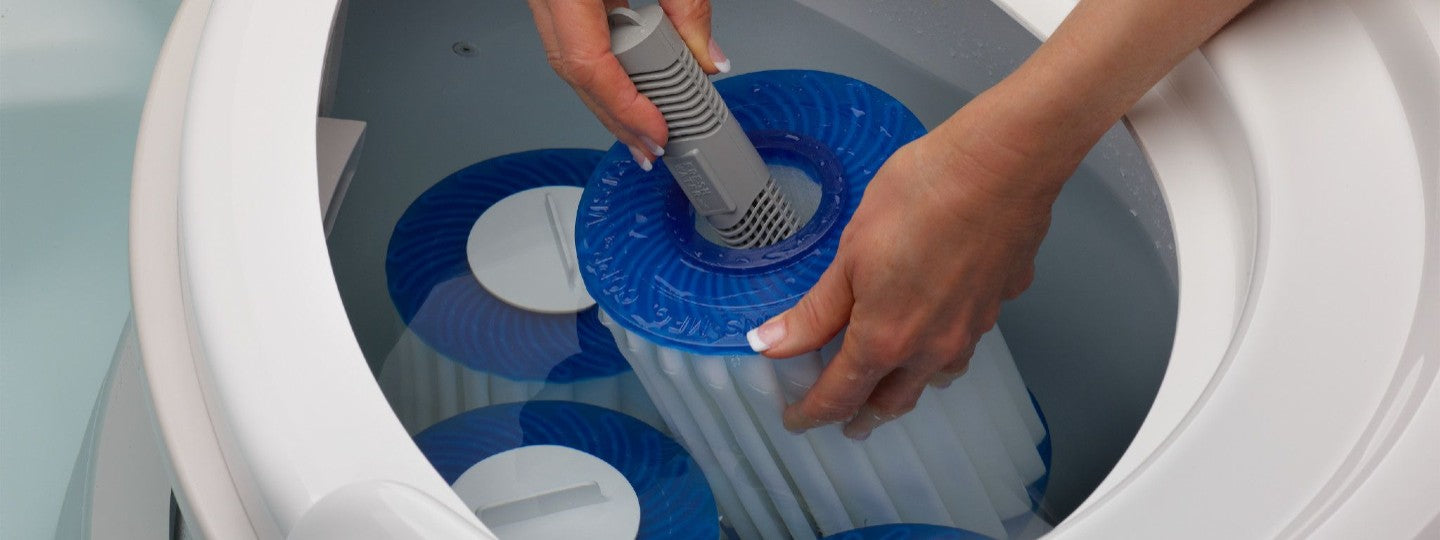
A Hot Tub Filter's Fitment Guide
Filters are crucial components in maintaining the cleanliness and functionality of spas and hot tubs. They help trap debris, oils, and contaminants, ensuring that your water remains clean and safe for a relaxing soak. Choosing the right filter and understanding how to properly fit and maintain it can significantly enhance the lifespan and performance of your spa or hot tub.
How Spa Filters Work
Hot tub filtration systems work using one of two types of mechanisms: suction and pressure. Suction systems are the most common among hot tub owners, even though they are a bit larger. Regular maintenance is required, but it's easier compared to pressure systems.
The pump pushes the water into the filter and allows it to recirculate. By repeating this process throughout the day, the filtration system is what keeps your water free of impurities.
Spa filters trap impurities and don't allow them to go back into your spa water or into the pipes.
The Importance of Spa Filters
Spa water is often contaminated with bacteria from body oils, but also with dirt, algae, and other impurities. As a result, filters are essential to keep the water clear.
It is not enough even if you use chlorine to sanitize your hot tub. Dirt and debris are not dissolved by sanitizers.
While some filters are able to trap some types of bacteria, others filter chemical contaminants.
Filter composition can be made from a number of different materials:
- Plastic
- Paper
- Fabric
- Fossil algae powder
- Ceramic
- Sand
- Fiber
Main Filter Types
Ceramic
Ceramic filters have the following characteristics:
- They are similar to cartridge filters but are made of a ceramic material capable of containing small particles because of their porosity.
- They filter various contaminants, such as viruses, turbidity, bacteria, cysts, protozoa, and more.
Ceramic filters are:
- Suited for: Large hot tubes because they clean larger areas than most hot tub filter types.
- Not suited for: People who want to eliminate chemical residue from their spa water.
PROS
- They don't remove healthy minerals from the water.
- They are environmentally friendly, as they are similar to activated carbon.
- They are more efficient than cartridge filters.
- You can reuse them multiple times without replacing them.
- They are suitable for both gravity water and under-sink water filters.
CONS
- They are not efficient in filtering chemical contaminants. To eliminate this downside, some manufacturers include activated carbon blocks or ion sanitizer system.
- They easily crack if you drop them, which decreases their performance.
Cartridge
Cartridge filters have the following characteristics:
- They have a part made of folded paper, plastic, or fabric which allows water to pass, but confines dirt.
- They are connected to the filtration system through a plastic part that houses the fabric.
- They are the most common type of jacuzzi filters.
- They filter impurities as small as 5 microns.
Cartridge filters are:
- Suited for: Busy people who don't want to invest their time in spa filter maintenance.
- Not suited for: Spas with high-velocity water flow (commercial spas), because the impurities can penetrate the filter at high pressure. To solve this problem, you can lower the water flow to a minimum.
PROS
- Price: They are the most affordable.
- Ease of use: Cartridge filters are easy to clean and maintain. They typically require rinsing with water or occasional soaking in a filter cleaning solution to remove accumulated debris.
- Space Efficiency: Cartridge filters are compact and do not require backwashing equipment, making them suitable for smaller spaces or hot tubs where installation space is limited.
CONS
- Cartridge replacement frequency: high (every few weeks).
- High maintenance costs because of high replacement frequency.
- You can't recycle the filter cartridge, which makes them environmentally unfriendly.
- Flow Rate Reduction: As the filter collects debris, it can restrict water flow over time if not cleaned regularly, potentially impacting the efficiency of your hot tub’s circulation system.
Replacing Your Hot Tub Filter
Finding the exact replacement spa filter is complicated if you don't know the basics: filter part numbers and filter measurements. Understanding these key elements helps you choose the best replacement filter for your hot tub.
Is It Time To Change Your Hot Tub Filter?
You know it's time to change your filter cartridge when:
- You see signs of wear or tear.
- It is extremely dirty.
- The water can hardly run through it.
How To Identify the Filter Part Number
You can easily identify what replacement spa filter you need by checking for the number on the top or bottom end caps. The part number is usually composed of numbers and letters.
There is a difference in part numbers, each is specific for every filter manufacturer. Even if the filters are identical, their part number differs.
Note: Our current fitment guide is continually being updated with different brands and different filters. If you cannot find your filter, it's best to reach out to our team and we will assist you.
Conclusion
Choosing the right filter, installing it correctly, and maintaining it regularly will not only enhance your spa experience but also extend the lifespan of your spa or hot tub system. For specific recommendations tailored to your model, always consult your manufacturer’s guidelines or seek advice from a professional in spa maintenance.
*There is throughout information taken from O-Care's own blog "Expert Hot Tub Filters Guide - Everything You Need To Know".


